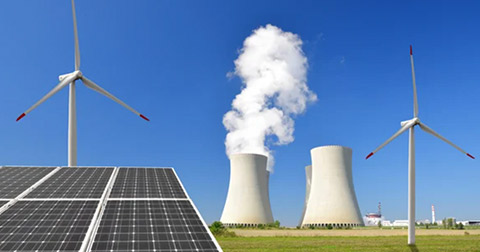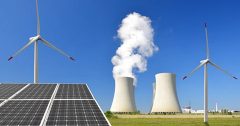Where do we stand with the Twin Transition?
Domenico Di Canosa, President of Smart Buildings Alliance Italia ETS, who will be a key speaker at Smart Building Expo 2025, discusses the Twin Transition and the role it will play in the sector in the coming years.
Are We at a Standstill or on the Verge of a Breakthrough?
At the moment, we seem to be at a standstill. Hopefully, this is just a temporary slowdown before a turning point. While the digitalization of public administration is advancing rapidly—unfortunately leaving some behind, such as the elderly and less educated—ultra-broadband connections are still struggling to spread and, even where available, to attract users.
On one hand, the central government is pushing for the digitalization of core services. On the other, local authorities are struggling to keep up with the national strategy. Meanwhile, citizens see few value-added services that would make ultra-broadband connectivity more appealing—apart from streaming content, which continues to drive up subscription fees. Yet, there are far more valuable services that should be promoted, benefiting both citizens and public finances.
The Green Deal Is Dead, Long Live the Green Deal!
Ultra-broadband connectivity is undeniably the key enabler for making smart buildings truly operational. Smart buildings remain the most effective, fastest-to-implement, and highest-ROI strategy to achieve the EU’s decarbonization goals. In fact, properly deployed automation systems, tailored to the type of building and capable of communicating external conditions as outlined in the Smart Readiness Indicator (SRI), could single-handedly meet the 2030 CO₂ reduction targets for the building sector—which, let’s not forget, accounts for 40% of total emissions.
Currently, the Green Deal is facing serious challenges due to misinformation and misplaced priorities. There is too much focus on vehicle electrification—which accounts for less than 20% of emissions and remains far from technological parity with internal combustion engines—and far too little attention on building automation, a well-established, ready-to-deploy solution that could support the implementation of Renewable Energy Sources (FERNP). Without a proper dispatching system, instead of lowering electricity bills, these sources actually drive costs higher to maintain grid stability, which is less flexible than commonly assumed.
A Scientific Approach to Building Renovation
If we took a scientific approach to building renovation, focusing first on measurement, automation, communication, and energy resource networking before making structural modifications, we could drastically accelerate Europe’s climate goals.

This approach would kickstart the Twin Transition, creating a virtuous cycle that benefits the economy, the environment, and society as a whole.




